Search Results
Fine Jewelry University Articles matching: “Heart shape”
Showing only FJU Article results. Click here to show all results.
Fine Jewelry University (Show All FJU Articles)
-
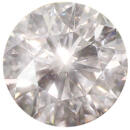
Diamond Buying Guide: The 4 C’s
… they look in comparison to each other. Cut The Cut of a diamond has two main components. First, cut refers to the shape of the stone. Round, marquise, pear, oval, square, princess all describe the shape of the diamond. Checkout the …popular diamond shapes. There are many more shapes than we can list here and there are even variations on the common shapes with more facets or different facet patterns. When you are choosing a diamond shape, keep in mind that different …
-
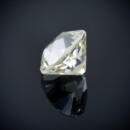
The History of Diamond Cuts
… true brilliance. Before Diamond Cutting The Romans loved diamonds but did not have the technology to change their shape. So, the Romans wore uncut diamonds. One of diamond’s remarkable attributes is that the natural diamond crystal is … Maximilian of Austria gave her a ring that was set with a point cut diamond and thin flat pieces of diamonds in the shape of an “M” in 1477. The Earliest Diamond Cuts Once it was understood that only diamond can cut diamond the process of…
-
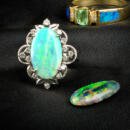
Gem in the Spotlight: Opal
… and strong. Doublets and triplets are much less expensive than other forms of opals because you only need a paper thin slice to make them. History and Lore of Opal Opal’s rich history is intertwined with beliefs and legends that have shaped its significance across cultures for centuries. In ancient Greece, opal was regarded as a stone of foresight and prophecy, believed to offer its wearer a glimpse into the future. The Romans, on the other hand, saw opal as a symbol of…
-
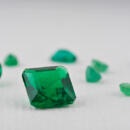
Gem in the Spotlight: Emerald
… known for its clarity and rich green color. It was donated to the Smithsonian by Mr. and Mrs. O. Roy Chalk in 1972 and can be seen on display at the National Museum of Natural History in a platinum and gold ring surrounded by 60 pear-shaped diamonds. According to workers at the Muzo mine in Columbia, it is one of the finest green emeralds ever discovered Care and Cleaning of Emerald Like all precious gemstones, emeralds require proper care to maintain their brilliance …
-
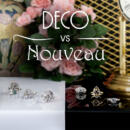
Art Deco vs. Art Nouveau Style Jewelry
…In contrast, Art Deco arrived in the 1920’s and 1930’s, characterized by its celebration of modernity, geometric shapes, and luxurious materials. The opulence and optimism of The Roaring 20’s formed the perfect backdrop for this new kind … to symmetry and balance. Organic Forms: Art Nouveau jewelry features sinuous, curving lines that mimic natural shapes such as vines, flowers, and insects. Asymmetry is very common. Symbolism: Often imbued with symbolism and allegory, Art …
-
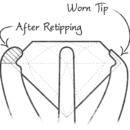
Jewelry Repair FAQ
… question all the time. People want their jewelry to look just the way it did before a gemstone fell out; who wouldn’t? That’s why we have literally 100s of carats of loose diamonds, sapphires, rubies, opals, pearls, and more in all shapes and sizes to choose from when selecting a replacement stone for repairs. Matching stones takes a discerning eye, attention to detail, extensive gemological training, and years of experience. Of course, some gems are more difficult to …
-
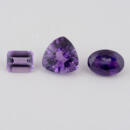
Gem in the Spotlight: Amethyst
… stones it is not often performed. Beware of stones of perfect clarity, calibrated sizes, and precision cutting. Notable Stones One of the most famous amethyst stones is in The Morris Amethyst Brooch which is set with a large 96 carat heart shaped amethyst. It resides in the collection of the Smithsonian Institution, National Museum of Natural History. The amethyst was most likely mined in Brazil and exhibits a deep, rich purple color. Amethyst also naturally occurs as geodes…
-
Learn Secret Diamond Buying Skills From a Professional Diamond Buyer
… to compare. The cut “C” of the 4 C’s has two components. The first component is simple. The cut can refer to the shape of the stone. Round, Marquee, Pear, Oval, Square, and Princess all describe the shape of the gem. Round diamonds are by…
-
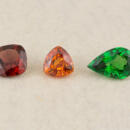
Gem in the Spotlight: Garnet
…The ancient world is full of praise for the carbuncle, the glowing red gemstone we now know as garnet. Early scientists named garnet from the Latin granatus, which means ‘seedlike’ because garnet crystals in rock reminded them of the shape and color of pomegranate seeds. Garnet is really a group of gemstones. The pyrope, almandine and spessartite are the red – brown to orange sometimes with a tint of violet varieties. The grossular, demantoid and uvarovite are the …